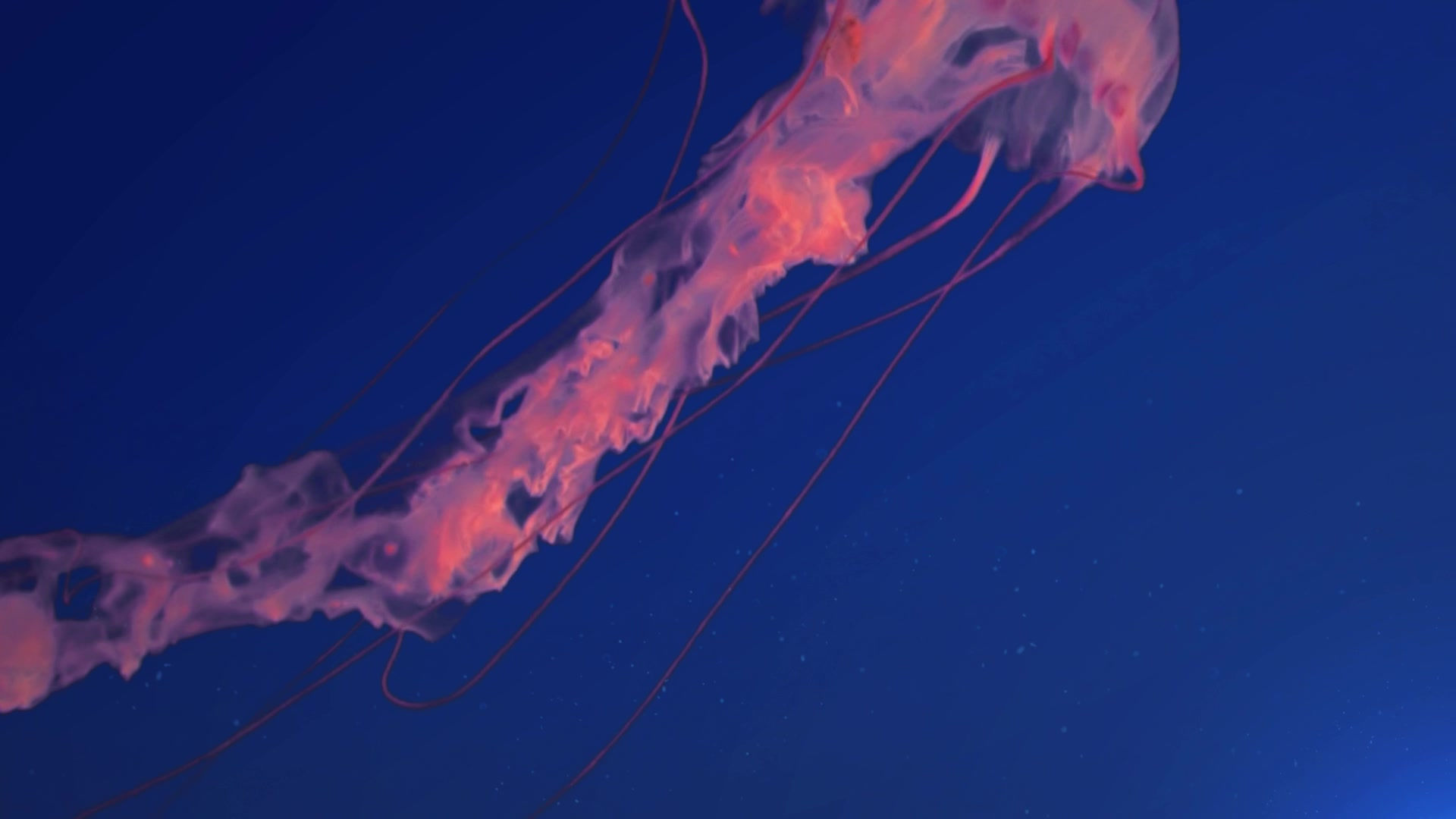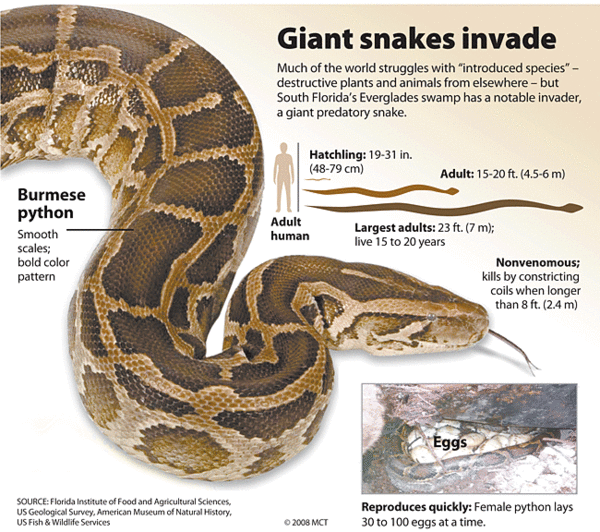
SC.912.L.17.8 Biodiversity PowerPoint
Biodiversity and Non-native Species
Measuring Biodiversity to evaluate Human Impact
The Value of Biodiversity
Biodiversity refers to the number of different kinds of organisms living on Earth or in an ecosystem.
There are three general types of biodiversity:
Ecosystem diversity is the variety of habitats, communities, and ecological processes in the biosphere.
Species diversity is the number of different species in an area or in the biosphere.
Genetic diversity is the total of all genetic information carried in living things.
Biodiversity is vital to the health of ecosystems because every organism has a role in its environment. healthy ecosystems are rich in biodiversity. Diverse ecosystems tend to be more stable than less varied ones.
Biodiversity is important to humans. Humans rely on plant and animals for food and oxygen. Humans also use other organisms to make clothing, medicines, and many other products.
Threats to Biodiversity Human activities threaten biodiversity.
Humans reduce biodiversity by altering habitats, hunting, introducing invasive species, releasing pollution into food webs, and contributing to climate change.
Habitat Destruction
Habitat loss occurs when a habitat is destroyed or changed so it cannot longer support organisms that had lived there.Habitat loss is one of the greatest threats to biodiversity.
Cutting down forests for lumber, or to use the land for farming, mining, or construction removes forests habitats.
Consequences of Deforestation (the removal of all the trees in a forest)
-
Habitat Destruction
-
Biodiversity Decreases
-
Contributes to Global Warming ( Plant remove carbon dioxide from the atmosphere to carry out photosynthesis)
-
Contributes to Soil Erosion (The root of plants hold soil in place)
Development splits ecosystems into pieces, resulting in habitat fragmentation. The smaller the pieces of a habitat, the less likely that species in the habitat can survive.
Mining can change habitats by removing resources or causing pollution. Pollution is the release of harmful materials or energy into the environment. Pollution can make air, water, or soil unfit for use by certain organisms.
Natural disasters such as volcanic eruptions, floods, and forest fires can destroy habitats quickly and harm biodiversity.
Hunting
Humans can push species to extinction by hunting. In the 1800s, hunting wiped out the Carolina parakeet and the Passenger pigeon.
Today endangered species in the United States are protected from hunting.
-
An invasive species is an introduced species that harms the environment into which it is introduced.
-
Have no natural predators in their new ecosystem
-
Reproduces unchecked. As the population grows it uses more of the ecosystem's resources
-
Competes with native species for resources
-
It can outcompete native species and drive them to extinction
Leafy Spurge
One European weed, leafy spurge, infests millions of hectares across the Northern Great Plains. Leafy spurge displaces grasses and other food plants, and it can sicken or kill cattle and horses.
Burmese pythons are large snakes native to southern Asia. Many people buy them as pets. However, these snakes are very costly to keep and grow more than 3 meters long. In recent years people have released them in the Everglades National Park. Burmese pythons have no natural predator in Florida and reproduce in large numbers. They prey on many native animals, including bobcats, raccoons, and birds. They could outcompete endangered native snakes and other species for food and resources.
The zebra mussel is an invasive species that was accidentally introduced to aquatic ecosystems in the United States. These mussels may have come to North America from Europe in water used for ballast.
Many pollutants threaten biodiversity. DDT, for example, prevents birds from laying healthy eggs.
Pesticides and insecticides can be dangerous pollutants. When DDT gets into a water supply, it has desastrous effects on the organisms that directly and indirectly rely on that water a phenomenon called biological magnification occurs. Biological magnification is when a pollutant is picked up and is not broken down or eliminated. Instead, the concentration of the pollutant collects in body tissues, and its concentration increased as it passes from producers to consumers. Since DDT were banned in 1970s, bird populations have recovered
One industrial pollutant is a class of organic chemicals called PCBs that were widely used in industry until the 1970s. After several large-scale contaminations events, PCBs were banned. However, because PCBs often enter mud and sand beneath bodies of water, they are difficult or impossible to eliminate. Lakes and costal areas are still polluted with PBCs. Other industrial pollutants are heavy metals like cadmiiun, lead, mercury and zinc
Acid rain places stress on land and water organisms.
Increased carbon dioxide in the atmosphere is dissolving in oceans, making them more acidic, which threatens biodiversity in marine ecosystems.
Climate Change
Organisms are adapted to their environments and have specific tolerance ranges to temperature and other abiotic conditions.
If conditions change beyond an organism’s tolerance, the organism must move to a more suitable location or face extinction
Conserving Biodiversity Conservation efforts are focused on three things:
-
Protecting single species is the focus of groups such as the Association of Zoos and Aquariums (AZA), which oversees species survival plans (SSPs).
-
Protecting habitats and ecosystems is the main thrust of global efforts. Biologists are particularly concerned about ecological hot spots, which are places where significant numbers of habitats and species are in immediate danger of extinction.
-
Considering local interests is part of developing plans to replace harmful activities with ones that conserve environments and biodiversity.












